Remember how the introduction of smartphones and mobile apps had brought a paradigm shift in our lives? Now machine learning (ML) is bringing a new era in mobile app development! The machine learning enabled mobile apps do not require explicit programming anymore to perform tasks. Rather they can collect and analyze information which is needed to draw conclusions and also learn automatically and improve from experience during program performance.
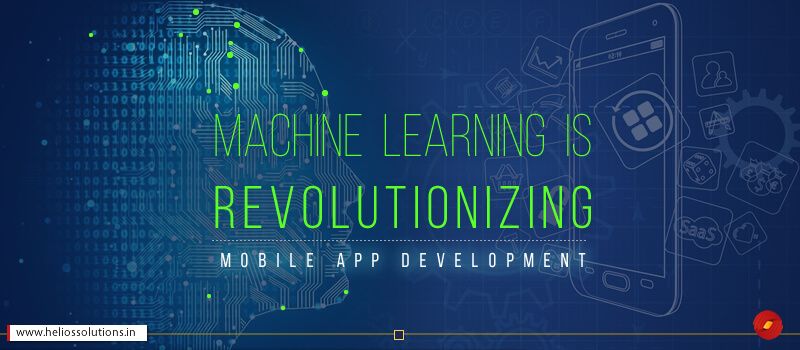
However, the process of learning involves sophisticated algorithms which teaches machines and enables them to accumulate previous experience in order to make decisions and adapt when exposed to new data. Therefore, at Helios Solutions we use machine learning in mobile app development.
Want to develop intelligent mobile apps?
Hire Mobile app development specialists!
Proven machine learning tips and tricks for app developers
- Machine learning app developers should always avoid sub-sampling and utilize all the data available. This is because the more data you provide to the algorithm, the more accurate results and predictions it will offer you.
- The success of a project is determined by the ML method you select. We suggest selecting simple models unless you have massive amount of data. The simpler the model, the easier would be the learning process and the more accurate the predictions.
- As machine learning systems are vulnerable to human error, we recommend having a data scientist on board in order to stick to the right parameters and methods for achieving the best results.
- Machine learning has a key limitation and it is aptly characterized by the phrase “garbage in, garbage out”. Machine learning depends on the data you use to train it; if your data collection is incorrectly labeled, poorly featured or not robust then it can hurt your predictions.
- Machine learning is all about data and algorithms, however, it won’t be wrong to say that without sophisticated algorithms you can still have machine learning, but not without good data.
- Prior to building machine learning algorithms it is critical to take into account the business model and production capacities of your client.
This compilation of tips is far from being exhaustive; however, it would definitely be useful if kept in mind during development. Next, we would like to draw your attention to some of the popularly used machine learning frameworks.

Top 5 ML Frameworks for Mobile App Development Experts
Machine Learning, a subfield of artificial intelligence, is getting maximum spotlight in business; thanks to the number of ML frameworks introduced. These frameworks enable app developers to develop intelligent apps with on-device processing, minimum lines of code and without big data.
Due to its proficiency in pattern recognition and cognitive learning, ML is considered significant in intelligent app development. Let’s take a look at the top 6 ML frameworks:
1) Google Tensorflow
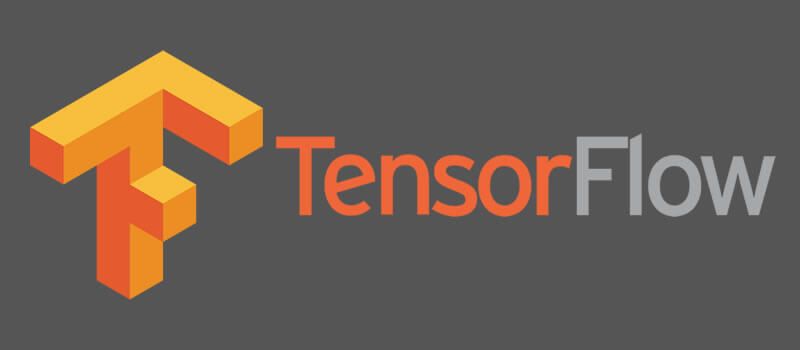
Tensorflow by Google is a framework used for creating Deep Learning models. Deep Learning is a class of ML which utilizes Artificial Neural Networks (ANNs) to make the machines learn and progressively improve a task by taking into account examples, generally without task-specific coding.
Tensorflow is based on computational graph comprising of a network of nodes. Each of these nodes is an operation running some function which could be either simple like a usual mathematical operation or complex like multivariate analysis.
Many of the Google services that we use today, including Google Search, Google Photos, Google Recognition and more depend on Tensorflow to deliver intuitive experiences. Instant visual translation by Google Translate also uses this framework for on-device processing at the backend.
You too can use this mature framework to develop your mobile apps for various platforms like Android, iOS, Linux, Mac and Windows, and join the bandwagon of big brands like Intel, Twitter, Uber, Snapchat, Dropbox, Deepmind, etc.
2) Core ML by Apple
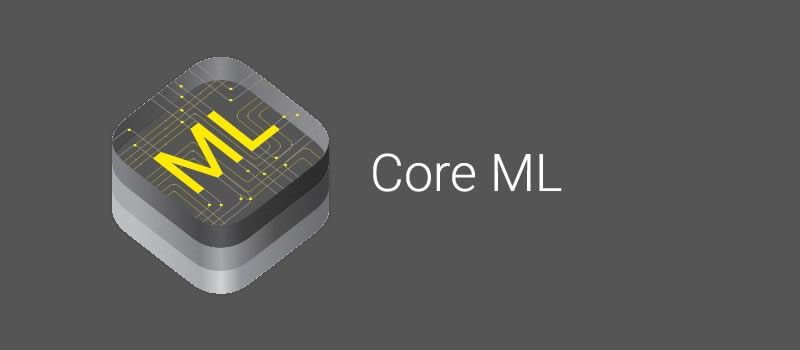
Launched by Apple in the WWDC 2017, Core ML is a machine learning framework used across various Apple products including Siri, QuickType and Camera. Today, iOS app development experts are developing apps that are capable of performing tasks that human eyes do; thanks to Core ML framework which enables developers to build computer vision ML features in apps. Object tracking, face tracking, text detection, barcode detection and face detection are some of the many supported features.
Besides machine learning, Core ML also offers Natural Language Processing APIs for understanding the text completely. It also uses language identification, tokenization, lemmatization, part of speech and other related features.
Moreover, it offers different ML models like Squeezenet, MobileNet, Places205-GoogLeNet etc., for developers to choose from and develop intelligent apps for iOS 11.0+ platform. You can go through the Core ML documentation offered by Apple and get started with Core ML framework.
3) Microsoft cognitive services
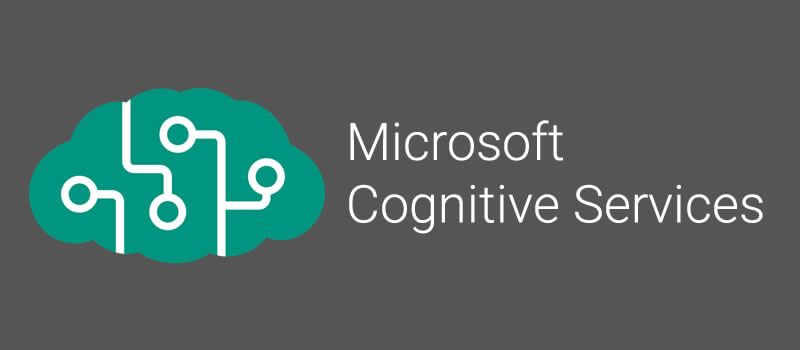
Microsoft cognitive toolkit is a machine learning framework that offers Deep Learning algorithms which can be used for the app development technology. Some of the popular Microsoft services that we are using including Skype, Cortana, Bing and Xbox have been developed with cognitive toolkit.
The best thing about cognitive toolkit is that it allows developers to utilize familiar languages like C++, Brainscript, and Python to build the Deep Learning models.
You can build intelligent apps for Windows and Linux platforms by leveraging some of these cognitive services and APIs:
- Computer vision API: This API observes images as well as its content and then creates significant information and generates tags.
- Emotion API: It provides developers access to emotion recognition algorithm in order to create more personalized apps. It collects users’ facial expressions to grab users’ attention and boost up their engagement.
- Content Moderator API: This API is basically used for tracking, flagging, assessing and filtering out offensive or unwanted content that could create risk for your business. Moderated content might include images, videos and text. You can use this API to monitor user-generated content on social media platforms, gaming platforms, enterprise environments, peer communication platforms, etc.
- Face API: This API gives developers access to advanced face algorithms enabling face recognition and attribute detection. Let’s take the example of Facebook to understand the working of this API. Ever wondered how Facebook suggests users about similar faces that they can tag? Simple! Just based on the Face API performance.
- LUIS: LUIS stands for Language Understanding Intelligent Service and this API allows installation of Natural Language Processing (NLP) features. This API enables your application to understand what a user wants even when the input is in their own words. This ML service supports IoT devices, chat-bots and mobile devices.
4) Amazon ML Service
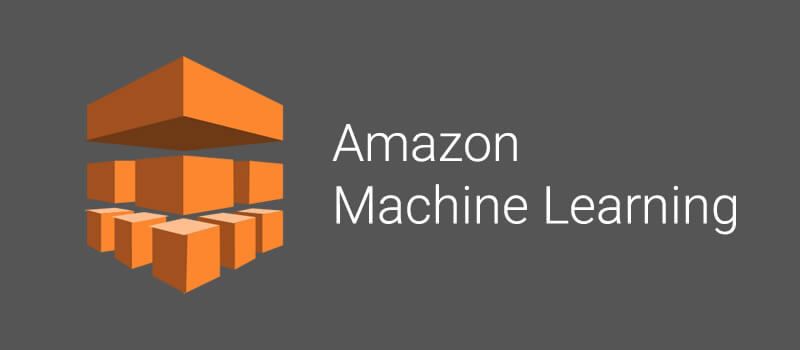
Amazon has extensively utilized ML for improvising its services for the users. This framework offers developers with visualization tools and wizards that allow them to build ML models without using complicated algorithms.
Once you create the ML models, the APIs can be used to get predictions from the model. Guess what? You would not require any custom prediction generation code as well as infrastructure management.
You can easily get started with Amazon ML by utilizing their platform-specific guides which clearly mentions the prerequisites, offer examples, client creation and more. This framework supports Android and iOS platforms.
5) Caffe Deep Learning Framework

This deep learning framework was originally developed by Berkeley AI Research at UC Berkeley as well as community contributors. This framework is open source and available under BSD 2-Clause license.
It is one of the widely used Convolutional Neural Networks (CNNs) that allows image classification, machine vision, recommender system, and more. It is highly popular for its Model Zoo, a pre-trained ML model, which is used for performing various tasks.
This ML framework is used for developing apps for Linux, Windows and Mac platforms and you can run it in different hardware and switch between CPU and GPU by setting a single flag. However, this is not intended for computer vision tasks such as sound, text or time series.
Final words
Machine learning is set to bring massive changes in the world around you; so being a mobile app development company we suggest you to invest in ML-enabled mobile app development. Got an app idea? Discuss with our mobile app development experts, and check its feasibility.
Which is your favourite ML framework? Do you think ML is disrupting the app development space for better? We would love to hear from you; please be the first to leave your comments below. Hope you had a useful read!




The Machine Learning is playing the vital role in the mobile app development and understanding the user’s activity and what user wants to do in the application as well as catching the behaviour of users. I hope this kind of stuff we will et in the future also.